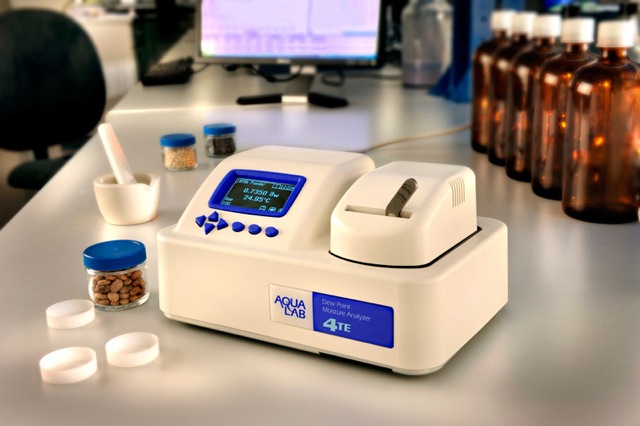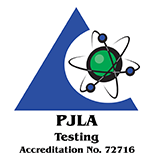Background: Water activity, or aw, is a measure of the free moisture in a product and is defined as the ratio of vapor pressure of a substance to that of pure water at a specified temperature.
The water activity of a food product describes the degree to which water is “bound” in the food, and its availability to participate in chemical/biochemical reactions and growth of microorganisms.
Hence, texture, non-enzymatic browning reactions, enzymatic activity, lipid oxidation, and other aspects of foods may be influenced by manipulation of aw levels.
Method
Equipment
Turn Around Time
Sample Required
Type of Test
Reportable Units
Measurement Range
Related Resource
Chilled-Mirror Dew Point & Capacitance Method ISO Accredited
AquaLab by Decagon
1 to 2 Business Days
About 15 mL is analyzed from a sample
Equilibrium
aw
0.030 to 1.000 aw
Analysis Description: After appropriate sample preparation, a disposable sample cup is filled half way with test sample (7.5 mL for liquids), which is then placed in the water activity meter; the sample chamber lid is sealed over the sample, and vapor equilibrium begins to be achieved. For non-volatile samples, an infrared beam focused on a tiny mirror determines the precise dew point/temperature of the sample. That dew point/temperature is then translated into water activity. For samples containing volatiles, a hygroscopic polymer sensor detects the equilibrium relative humidity of air in the headspace above the sample.


